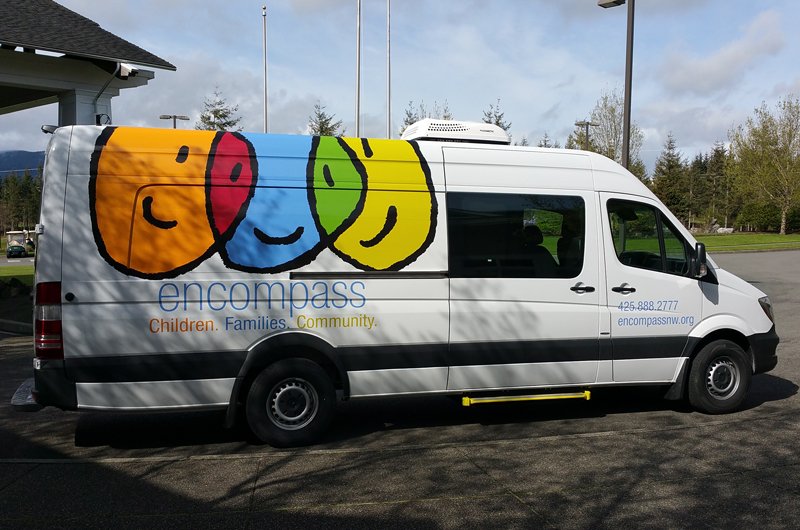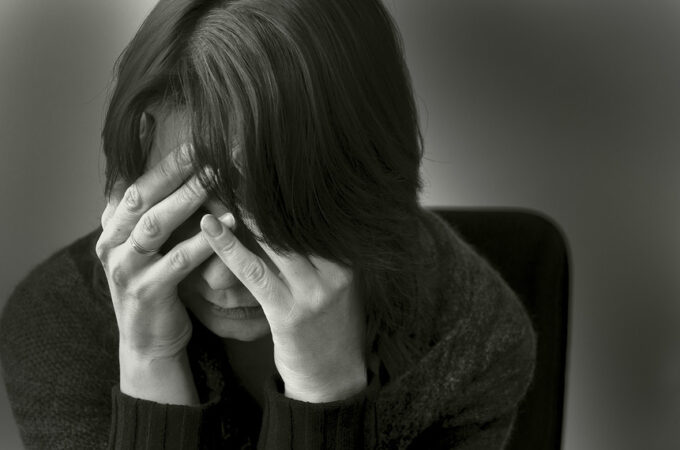
The Complete Guide to Mobile Occupational Therapy and Their Role in Health System
An occupation is a worthwhile endeavor in one’s life. Throughout one’s life, the occupation may shift. Play can be a child’s occupation, as can learning life skills such as writing, brushing one’s teeth, tying one’s shoes, or going to school. When you’re an adult, you can be a parent, a spouse, a musician or athlete, a photographer or homemaker, or you can be a businessperson. As an occupational therapist works with you to help you go back to doing what you love, they include your occupation into the rehabilitation process.
What is occupational therapy?
If you suffer from pain, injury, disease, or a disability that makes it difficult for you to perform your job or schooling. Care for yourself, accomplish home duties, move around, or participate in activities, this type of treatment may be able to help you.
When it comes to occupation therapy, you’ll learn to adjust to your new situation. All kinds of tasks can be accomplished with the help of this device. You’ll learn how to use assistive equipment if necessary. You’ll meet with an occupational therapist, a health care specialist who can devise a plan to help you get your work done, take care of yourself or your home, participate in sports, or keep physically active.
When you take occupation therapy remotely, it will be said to be mobile occupational therapy. There are numerous ways to take mobile occupation therapy such as: via phone, video calls, or any other modern media. Sometimes, occupational therapists go home to provide service.

In what ways are occupational and physical therapy different?
Regaining the ability to do everyday tasks and activities is one of the primary goals of both occupational and physical therapy. Then, there are a lot of nuances. When it comes to treating the human body, a physical therapist focuses on enhancing mobility, balance, and strength. For example, a physical therapist might assist you to learn how to use a walker after a hip replacement and coach you through exercises to help strengthen your new hip joint and legs.
An occupational therapist, on the other hand, teaches you how to use tools and equipment that will make your life more convenient. They may be the ones to educate you on how to get dressed without bending by using dressing aids after your hip replacement. Physical and occupational therapists, especially in pediatric settings, may share some skills, but they are distinct professions.
Occupational therapists specialize in treating people of all ages. Infants, children, adolescents, adults, and the elderly are all served by occupational therapists. They can assist toddlers to reach developmental milestones, individuals regain their independence after an injury, and the elderly acquire life skills as they age, among other things.
The role of occupational therapy in the allied health system
As an occupational therapist, you’ll be able to help people in a variety of ways. When it comes to home adaptations (such as railings and assistance devices), they are professionals. Wheelchair evaluation and hand therapy are two more specialties of an occupational therapist.
Occupational therapists help people of all ages live their lives to the fullest. For those with disabilities of any kind, occupational therapists can help. To help them recover or increase their capacity to complete everyday tasks like dressing, eating, and bathing.
Helping people learn the skills they need to succeed at a job and education is also a goal of occupational therapists. Services such as fall prevention programs for the elderly can also be provided by occupational therapists. People who work in occupational therapy get to make a difference in the lives of individuals in need.
Sometimes, people don’t prefer to go to the doctor’s chamber to take service. Mobile occupational therapy will help to provide service for those people. They can take service and counseling just by staying at home!




